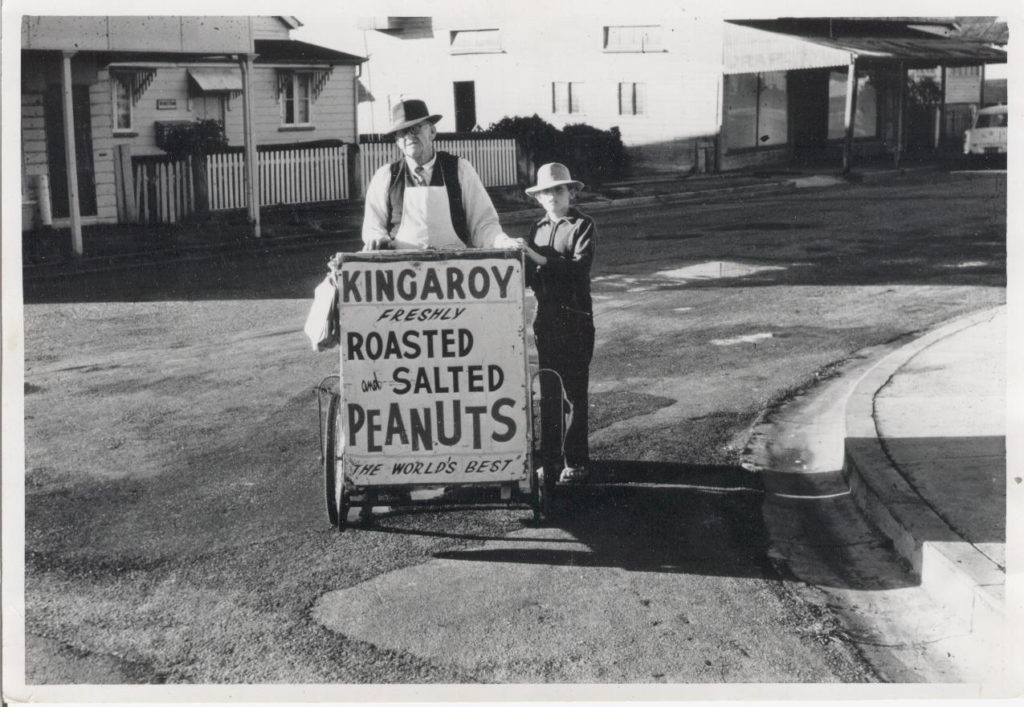Hi Oleic peanuts are simply the best peanuts yet!
Hi Oleic peanuts have a different oil chemistry to regular peanuts. They still taste great – just like old-fashioned peanuts – but the oleic acid ratio more closely resembles that of olive oil.
This naturally bred characteristic makes Hi Oleic peanuts a healthier option and allows them to stay fresher for longer, a definite advantage for our customers!
PCA is the only supplier in Australia that can offer a guaranteed supply of 100% Hi Oleic peanuts.
The free fatty acid profile of Hi Oleic peanuts (as illustrated here) means they’re higher in monounsaturated or “good” fats. It also allows the peanuts to stay fresher for longer and gives them extra crunch!
What does Hi Oleic look like?

ref. SS-AGR-91, Agronomy Department, Florida Cooperative Extension Service, Institute of Food and Agricultural Sciences, University of Florida. Revised June 2003.

History Of Hi Oleics
The first commercial Hi Oleic peanut was bred in the United States after a peanut breeder, Allan Norden, spotted high oleic traits in a cultivar line dubbed UF435.
Florida scientist Dr Dan Gorbet headed a team which crossed UF435 with a commercial Runner variety to produce the Hi Oleic SO95R variety, the first Hi Oleic peanut marketed by PCA in Australia.
In 1995, PCA imported just 20 seeds of SO95R and after seven years of testing and trials, offered it commercially to local peanut farmers.
Since then, more Hi Oleic peanut varieties have been bred in both Australia and the United States in Runner, Virginia and Spanish styles.
Commercial Benefits
Hi Oleic peanuts are known as “long-life” peanuts because the natural substitution of oleic acid for linoleic acid (hence the term “Hi Oleic”) provides a much longer shelf-life. They stay crunchy and taste great for up to 10 times longer after roasting than regular peanuts.
Benefits of Hi Oleic peanuts for food manufacturers:
- Snack food manufacturers can reduce “barrier packaging” costs
- Confectioners can save on pre-coating costs
- Peanut butter manufacturers can reduce the use of stabilisers
- Product wastage is reduced as shelf life is extended
- Enhanced export market opportunities due to shelf life stability
- Increased flavour, flavour stability and improved mouthfeel
The high level of oleic fatty acid lessens the susceptibility to oxidation and increases the stability of the free fatty acid double bonds. This decreases the rate of oxidisation (rancidity) as measured by Peroxide Value (meq/kg).
Download our Hi Oleic Peanuts Technical Summary (223kb PDF).
PCA’s Peroxide Value results for Dry Roasted Peanuts and Hi Oleic Dry Roasted Peanuts during a 12 month shelf life analysis are outlined in the table below:
|
Peroxide Value (meq/kg)
|
|
[Source: PCA Analytical data 2005]
PCA shelf life trials have duplicated the scientific results presented by Braddock et al “Flavour and Oxidative Stability of Roasted High Oleic Acid Peanuts”, Journal of Food Science, Vol.60, No.3 (1995): 489-493; and O’Keefe et al “Comparison of Oxidative Stability of High and Normal Oleic Peanut Oils”, JAOCS, Vol.70, No.5 May 1993.